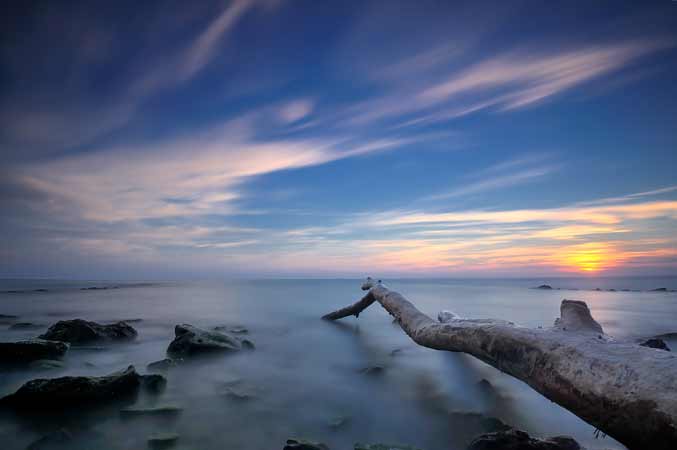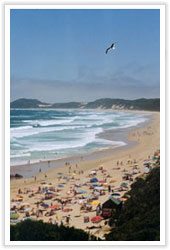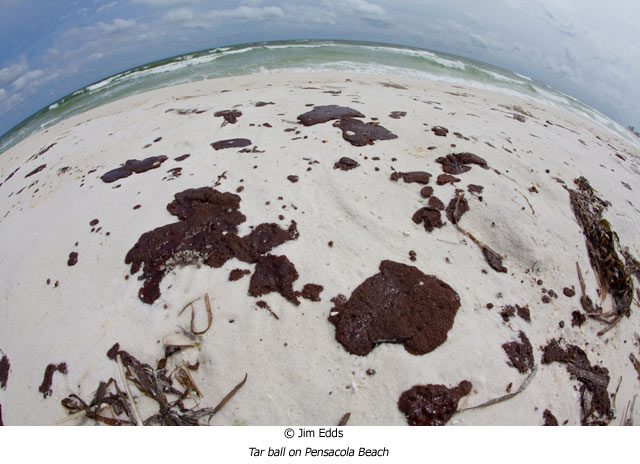The New York Institute of Photography is the world’s largest online photography school, and because we are, we often publish fun and useful photography tips on our photography blog. Please enjoy!

Have you ever wondered why some landscape photos are able to capture that characteristically magnificent, bold look of nature while others look completely mundane and flat?
Said well-composed scenery shots are likely the product of expertly executed long exposures. Whether the artist adjusted the shutter speed to capture a soft, cloudlike appearance of moving water or the gentle drift of clouds across a morning sky, implementation of long exposure photography is likely the most effective method in spurring this visual upgrade. If you ever want to give this look a try, consider these tips:
1. Shoot in manual mode- This is because you need to have fixed control of the exposure in order to successfully achieve this look. If you’re planning an exposure of more than 30 seconds, switch over to bulb mode instead.
2. Use a tripod- When shooting long exposure, any minor movement will be magnified much more than you’d usually expect. Even if you are especially steady-handed, use a tripod just in case. If possible, even consider using a cable shutter release as well, so you don’t risk slightly jolting the camera when you click. The more motion you can eliminate, the better.
3. Use a neutral density filter- Use this if you’re working midday. Great long exposures are shot with super slow shutter speeds, so to enable yourself to decrease that even further, this dark piece of glass will work to reduce the amount of light that reaches your camera’s sensor.
4. Shoot RAW- Long exposures often unfortunately result in the addition of extra noise. Considering this, RAW shots will be more effective in hindering this addition as opposed to JPEGs. That being said, the post-processing step will still be crucially important in this endeavor, as with all RAW files.
Want to learn more? NYIP offers accredited photography courses that can help you improve your hobby or start a new career. Request your free course catalog today!






